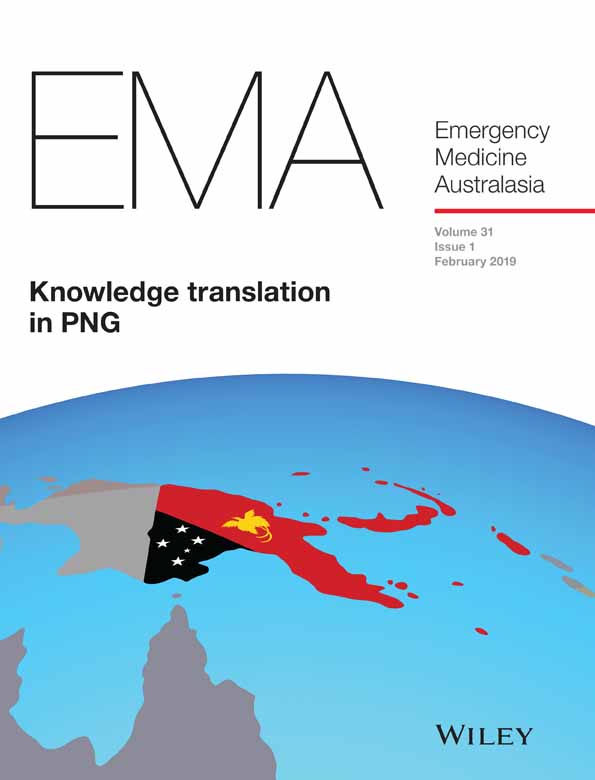Building a research-ready database of rural emergency presentations: The RAHDaR pilot study
Abstract
Objectives
A small amount of data from rural emergency facilities is collated with large urban datasets, but there are no dedicated rural emergency datasets.
Methods
A network of 10 rural hospitals provided ongoing detailed emergency presentation data.
Results
Of 59 044 emergency presentations, 25 237 patients were managed entirely at the small local hospital, including 586 triage category 2 cardiac patients, 5663 paediatric patients and 310 mental health clients.
Conclusions
The RAHDaR dataset includes high-risk presentations managed entirely at low resource sites and, as further sites are added, will tackle the biases that can misrepresent the performance of small rural hospitals.




